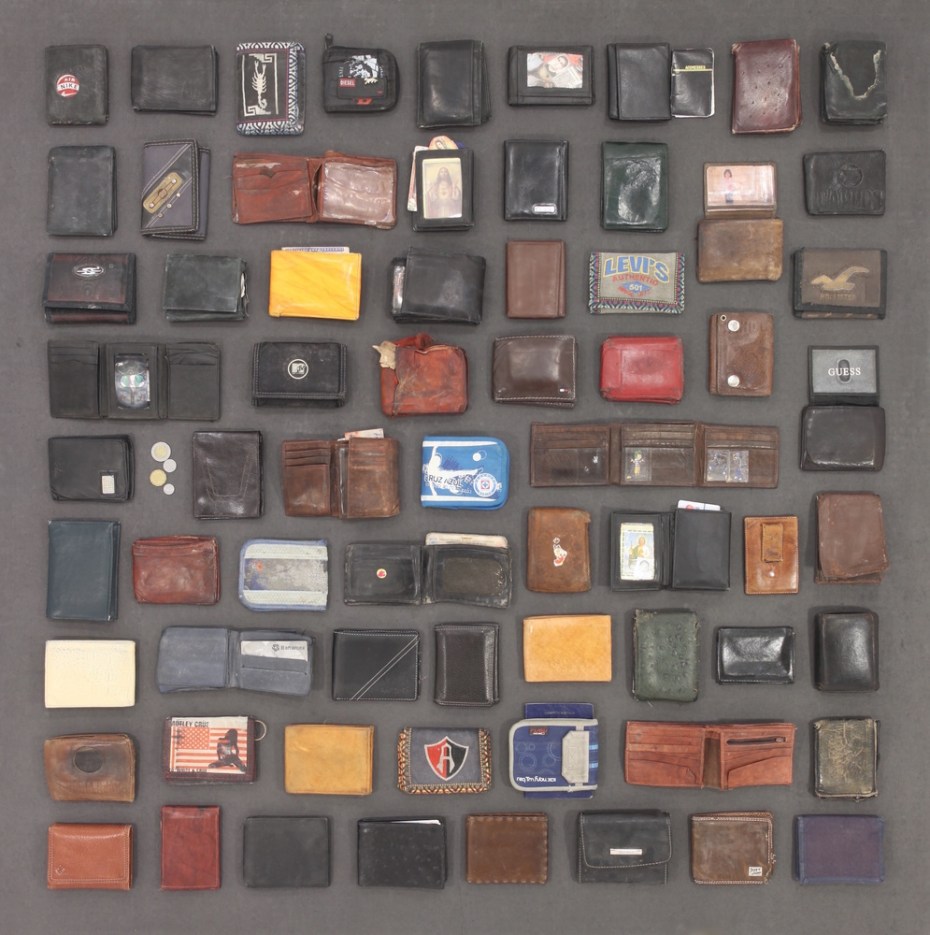
These photo works came immediately to mind after news yesterday that President Biden and Prime Minister Trudeau reached a deal to close a popular but unofficial Canadian border crossing used by 10s of thousands of refugees seeking asylum. (See news item here and here)
Photographer Thomas Kiefer’s decade as a part-time janitor at a U.S. Customs and Border Patrol Facility in Arizona led to these heart-wrenching shots. Disturbed by the volume of discarded food, clothing and belongings of migrants and smugglers – some after seizure by immigration and customs, the rest simply left behind – he began cataloging the items in this series of powerful still lifes.
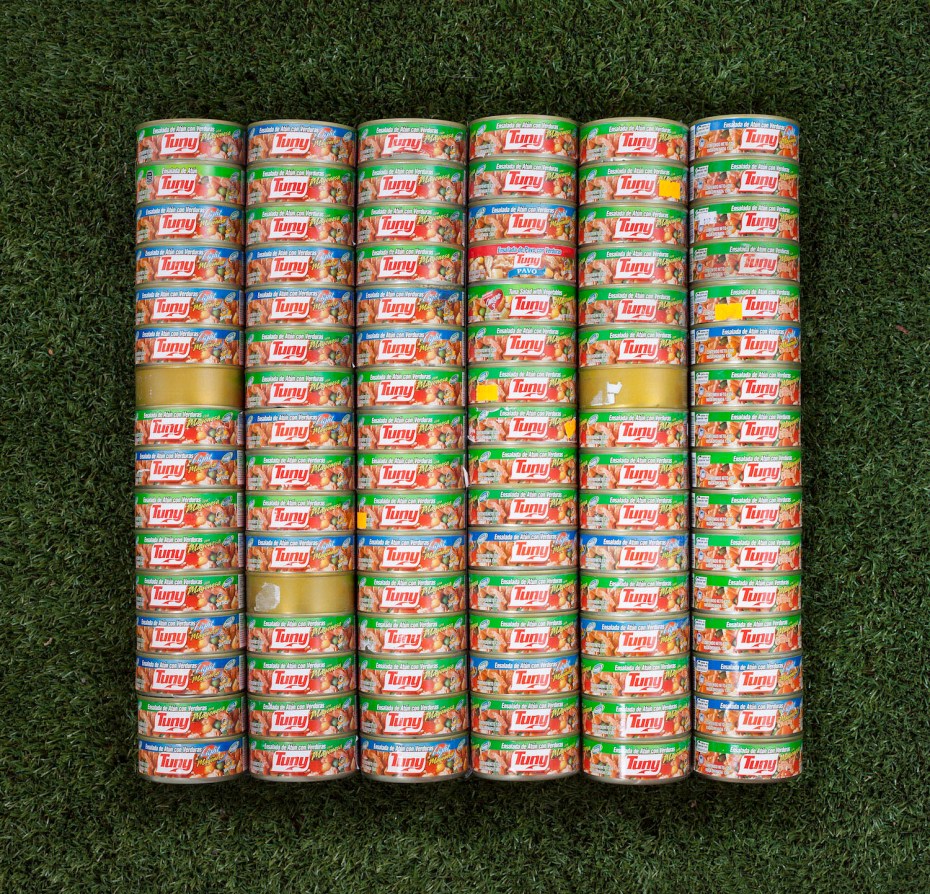
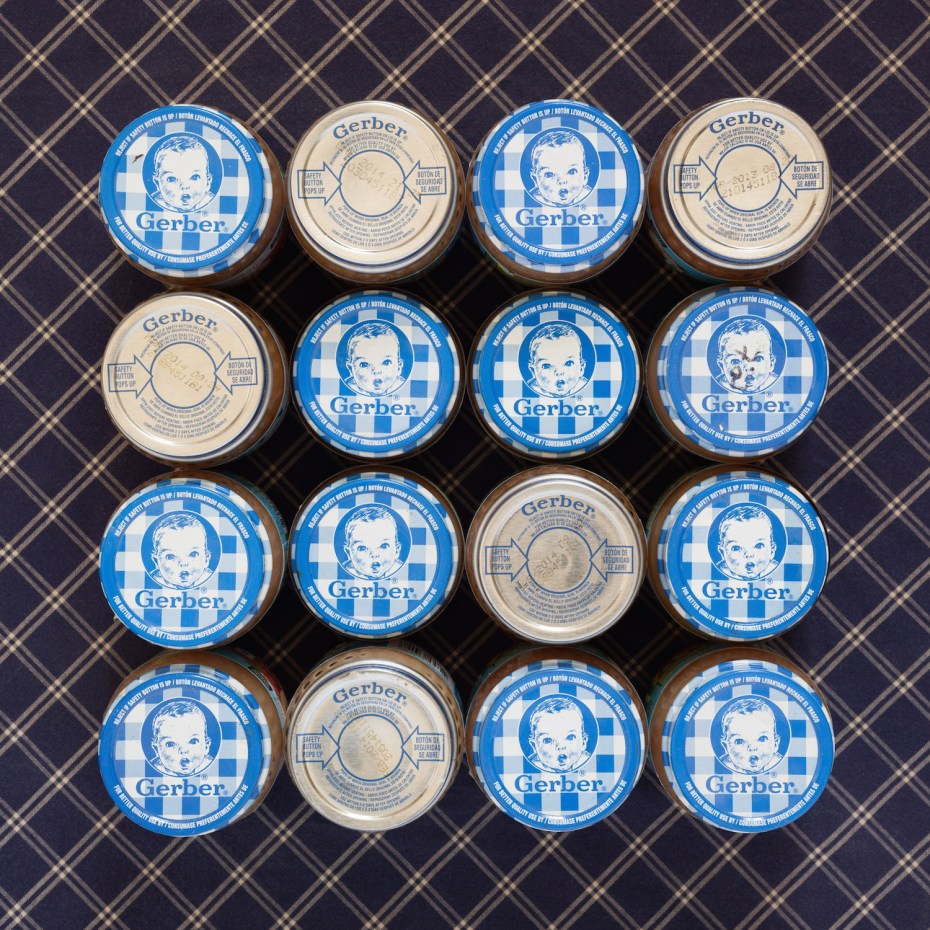
Kiefer says that “for many of those years, I was allowed to collect and take the food transported by migrants, that was discarded during the first stages of processing, to our community food bank, an estimated sixty tons by the person who managed it.”
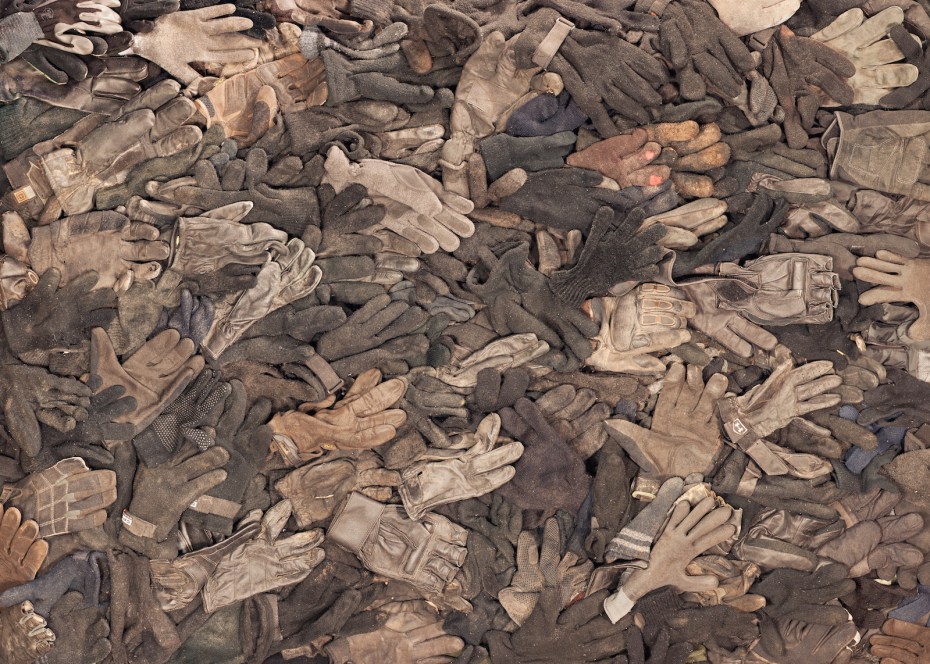
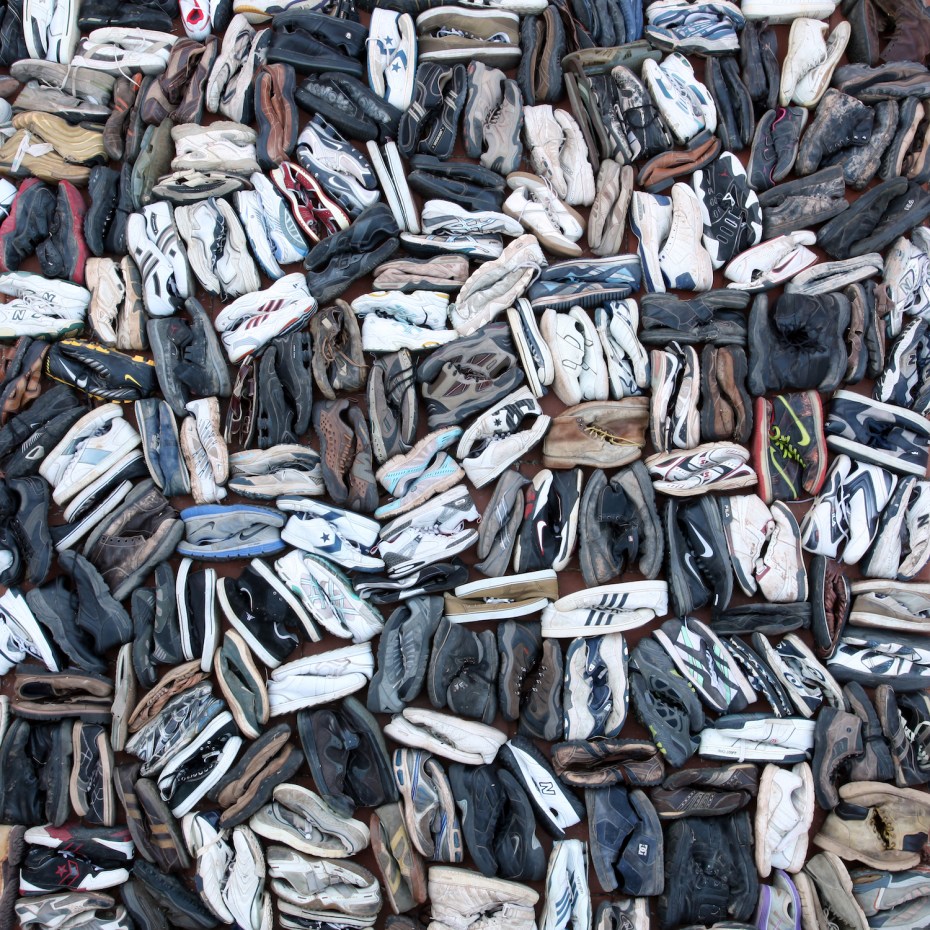
Kiefer says that “how we treat others is a reflection of who we are. When belts, shoelaces, toothbrushes, socks, shoes, underwear, pants, shirts, jackets, watches, bibles, wallets, coins, cell phones, keys, jewellery, calling-cards, water, food, soap, deodorant, gloves, medicine, birth control pills, blankets and rosaries are considered non-essential personal property and discarded, regardless of the amount and origin, something becomes less than human.”
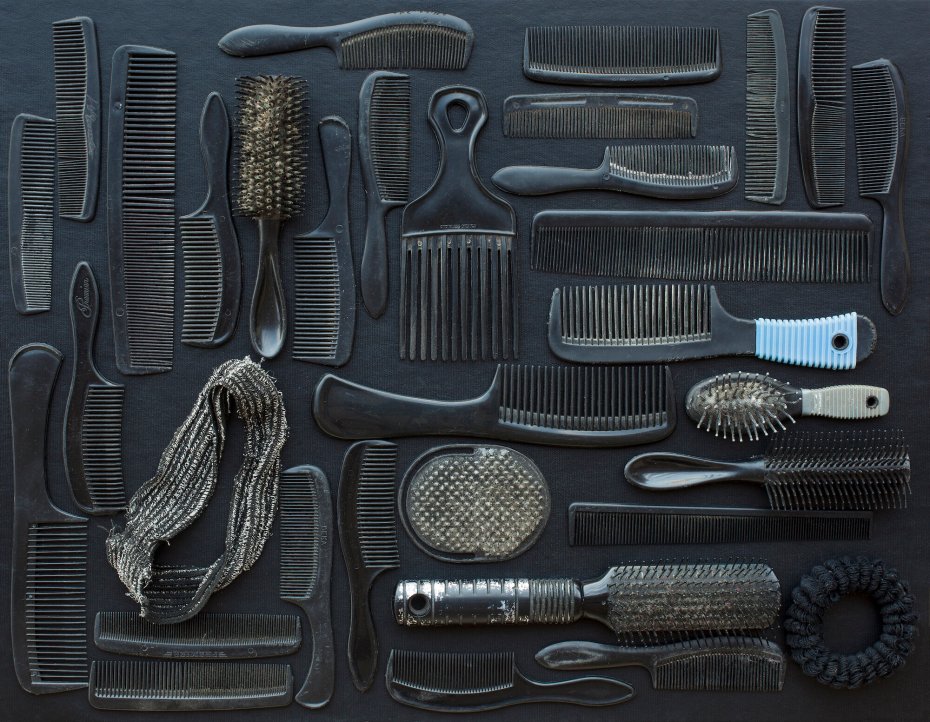
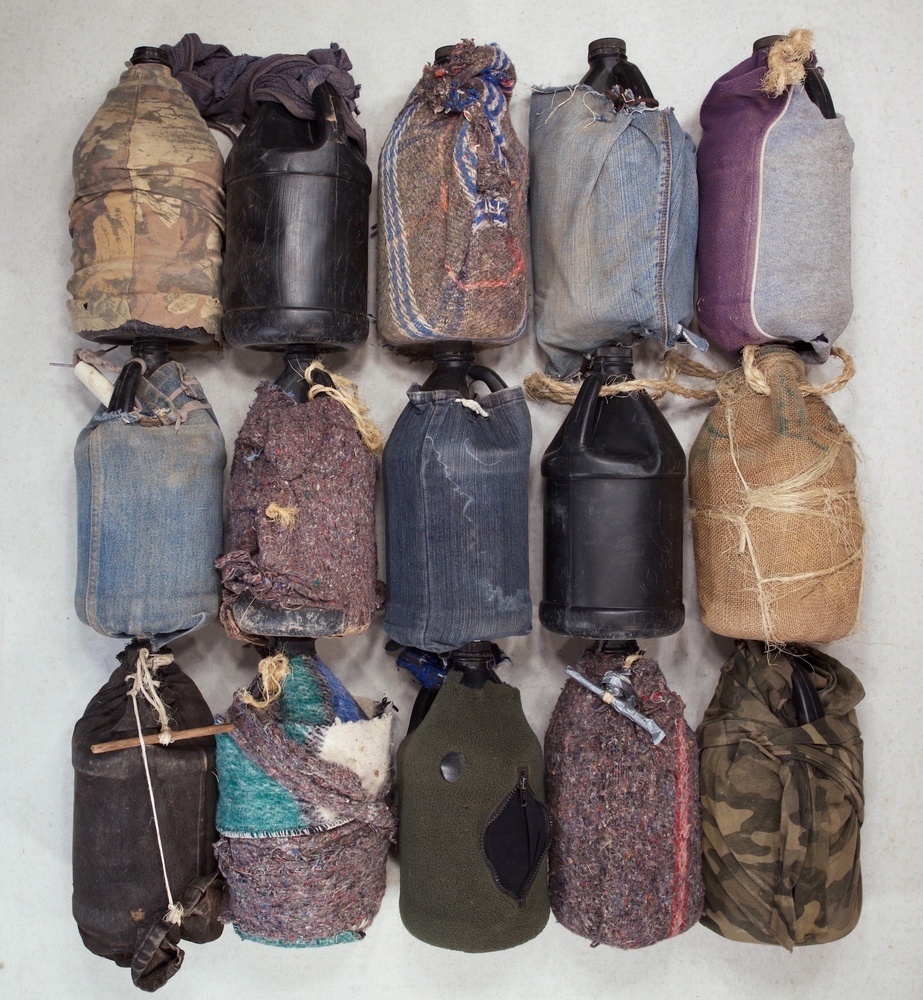
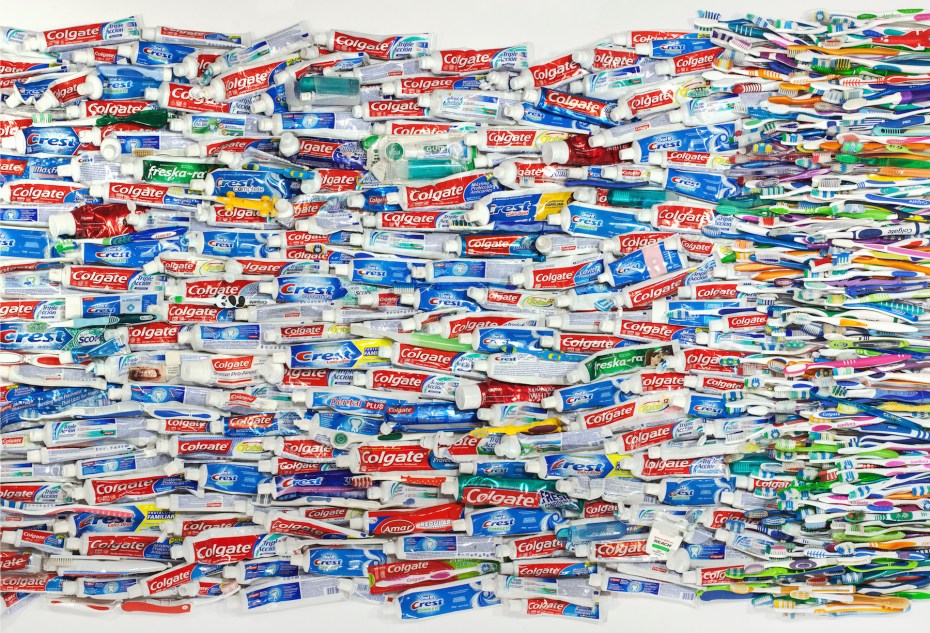
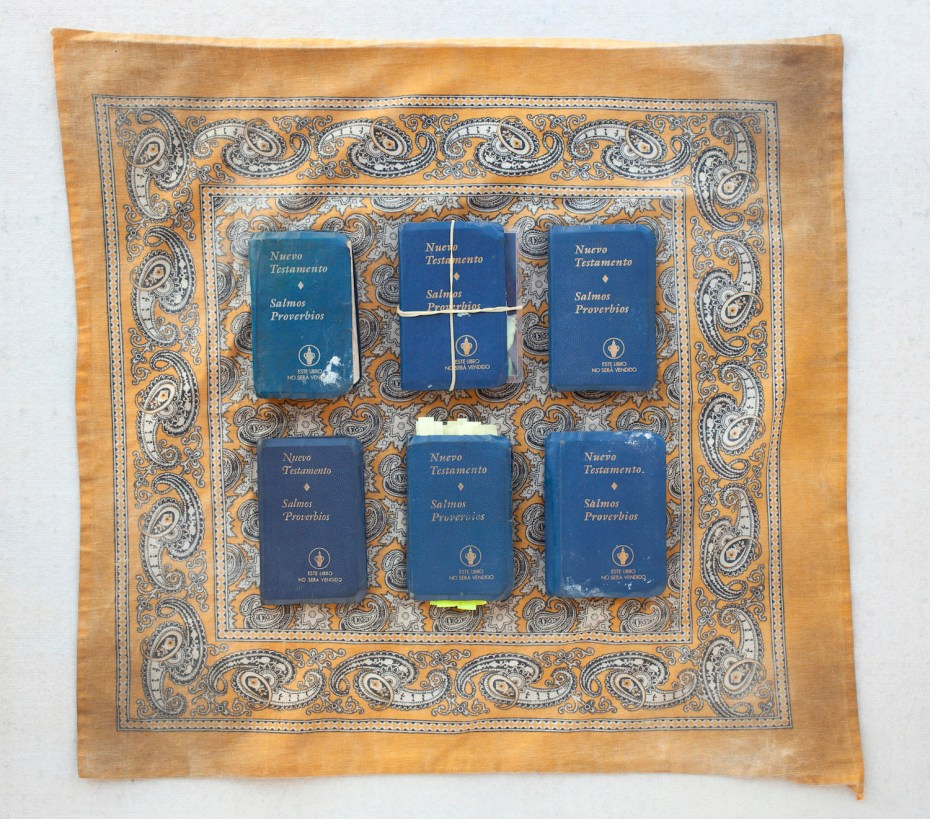
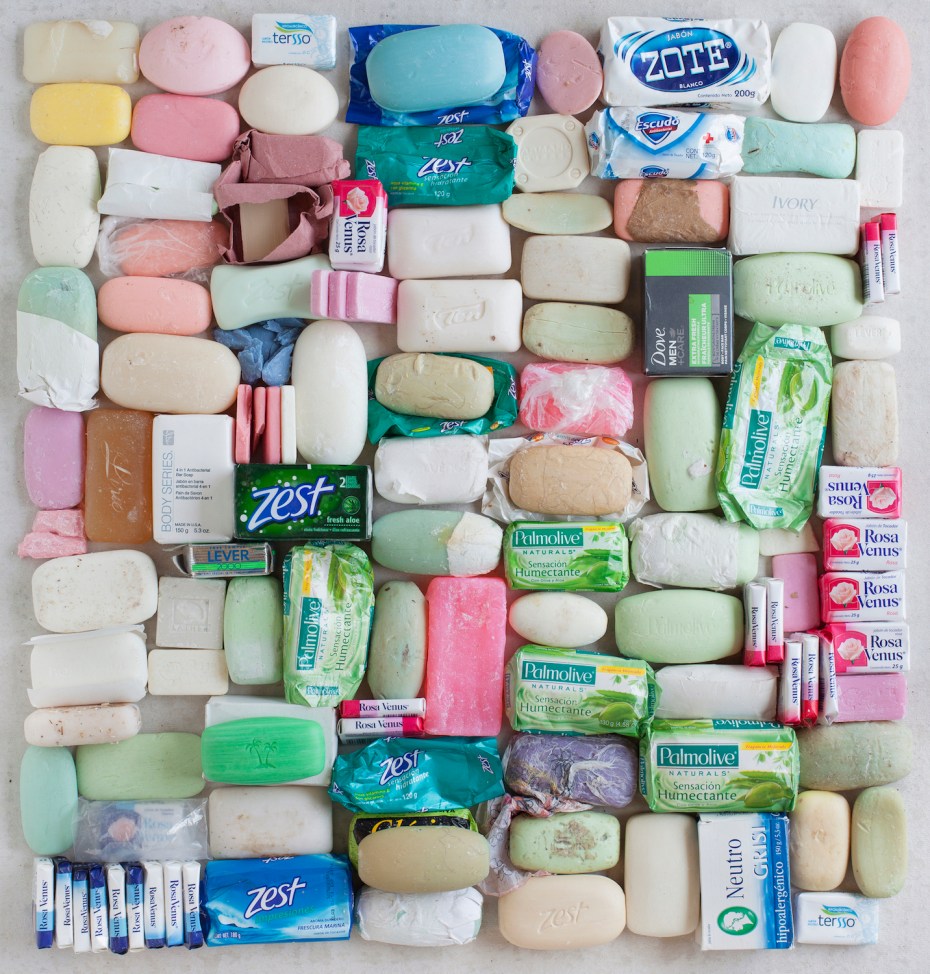
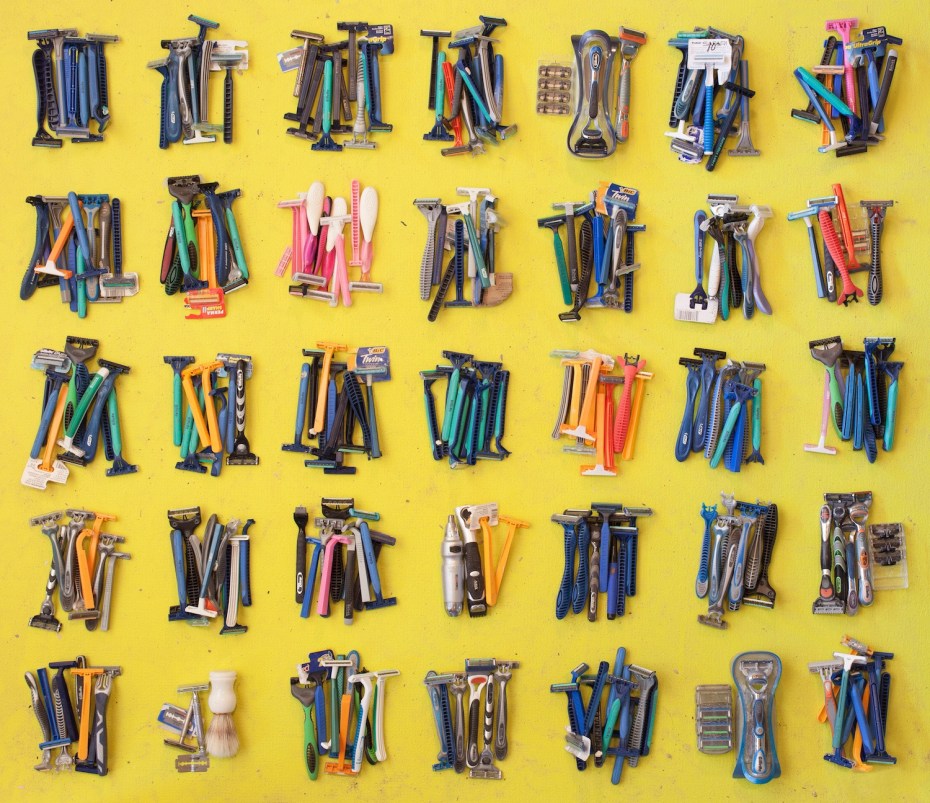
“These belongings, necessary for hygiene, comfort and survival, were deemed “non-essential” or “potentially lethal.,” Kiefer says. “I ask the viewer to consider these photographs as untold and unknown stories, markers of human journeys cut short.”
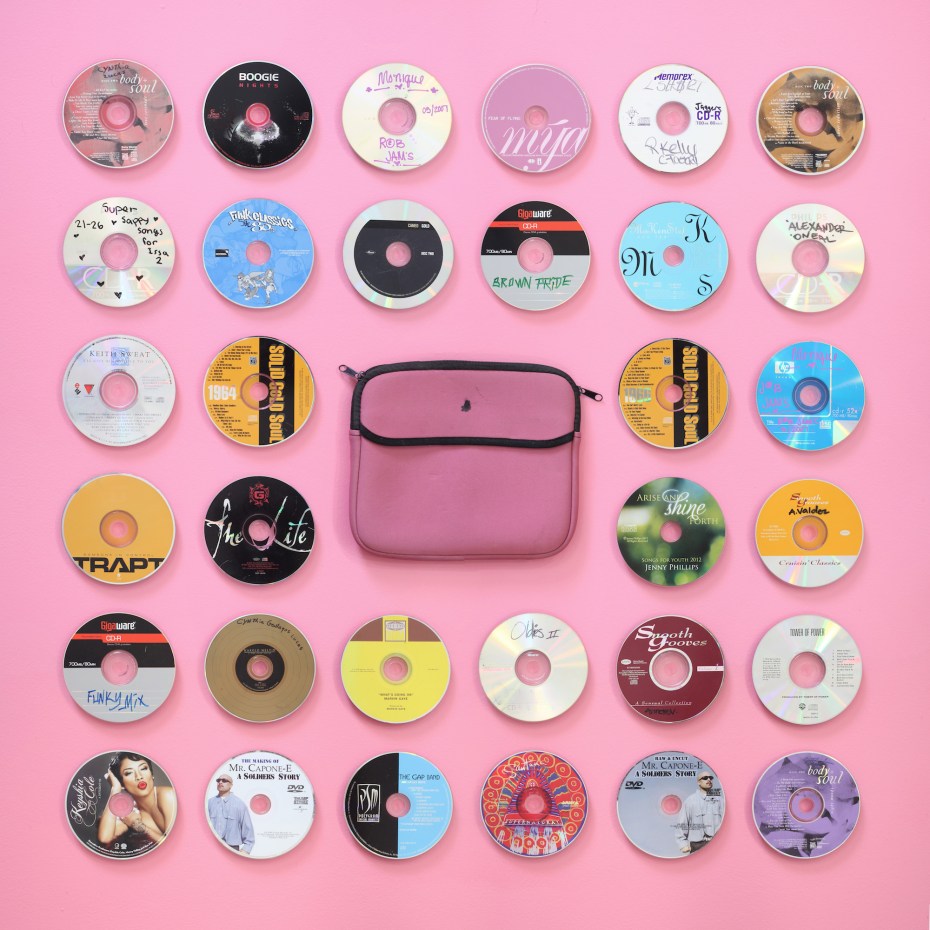
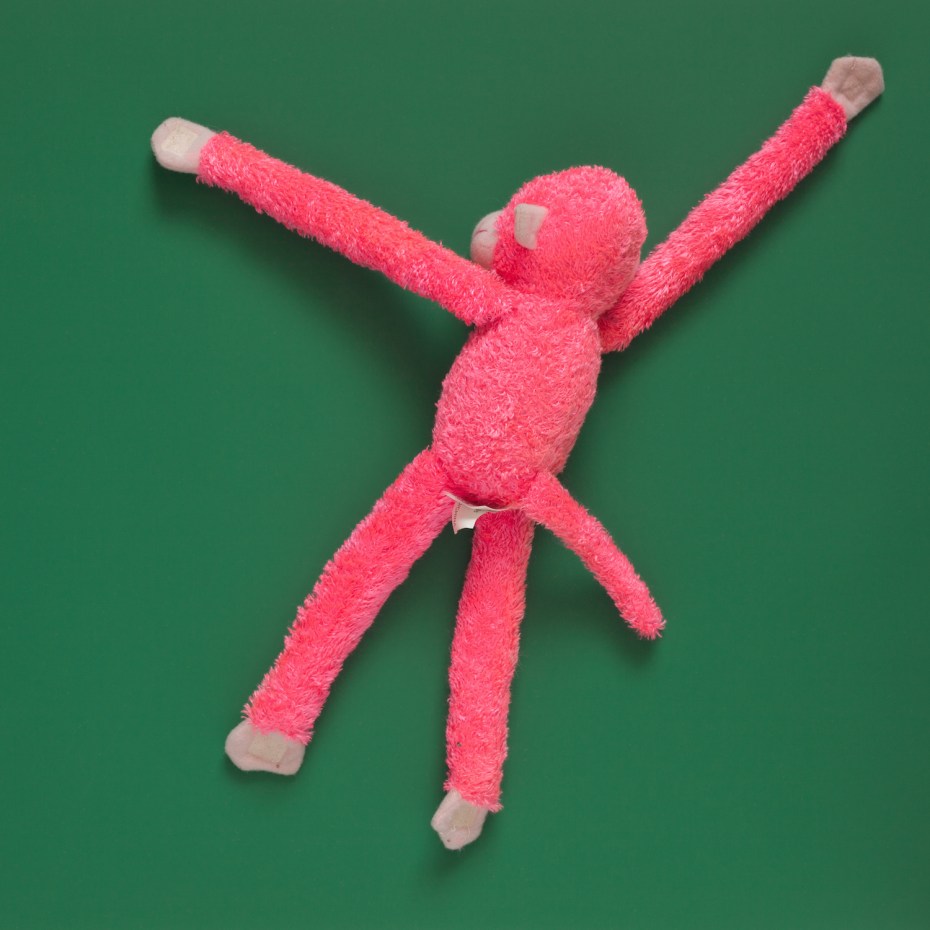
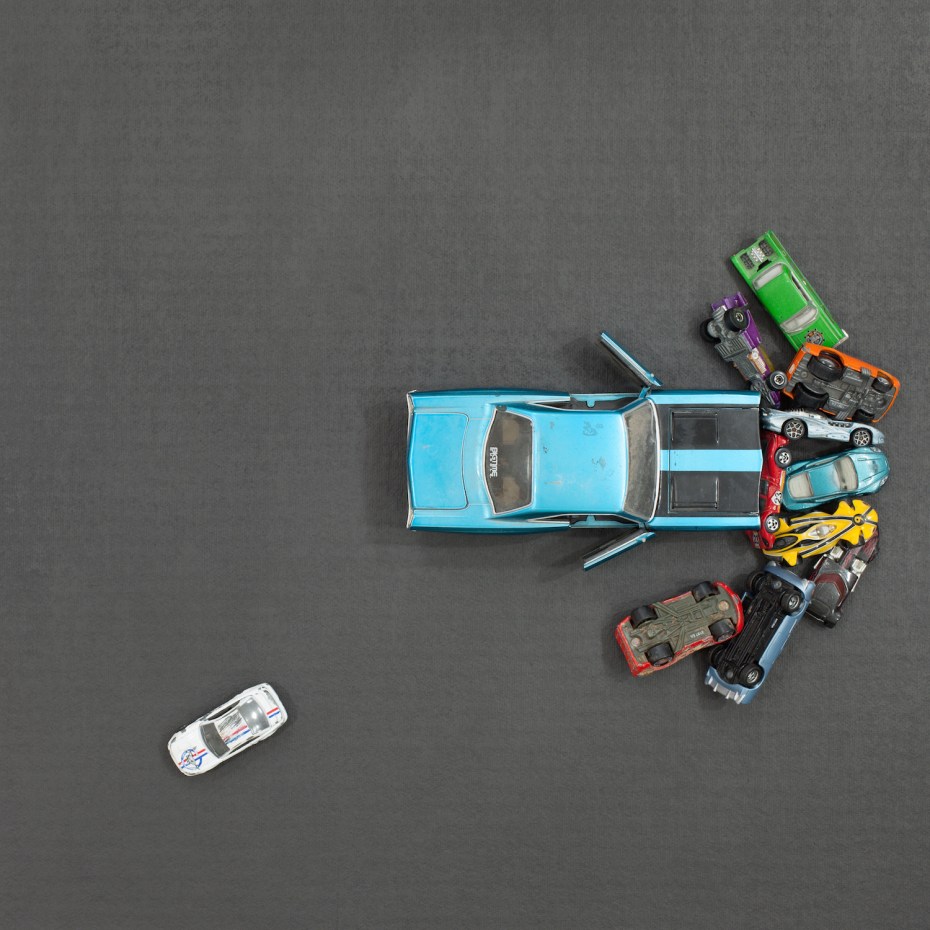
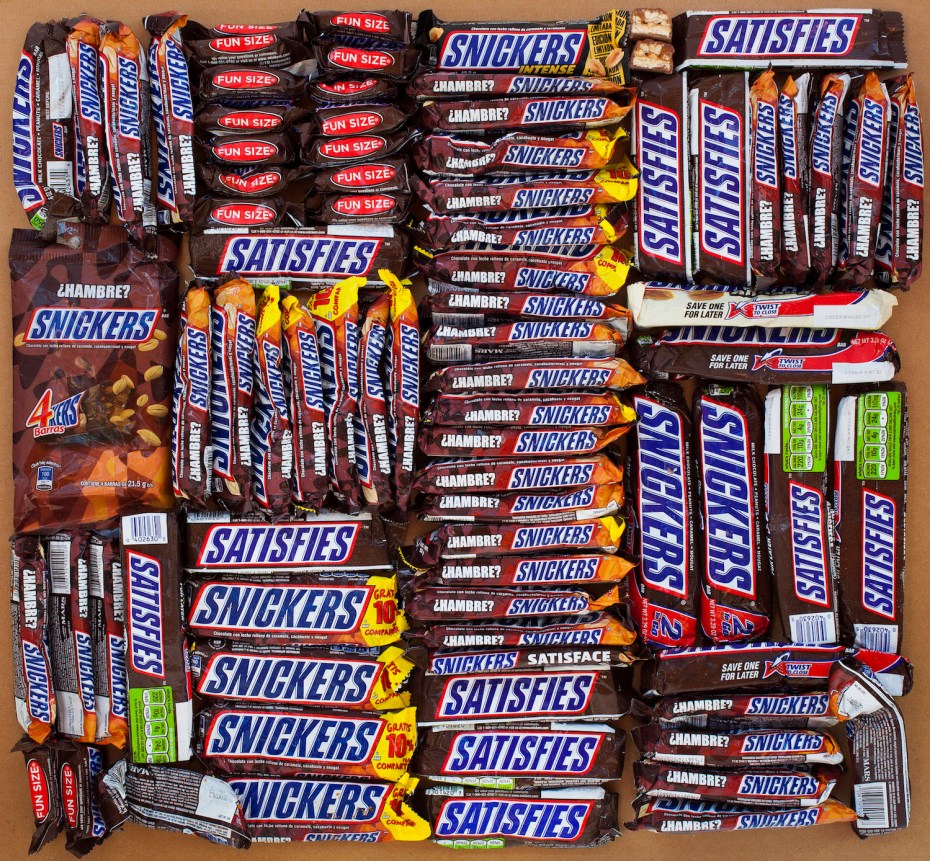
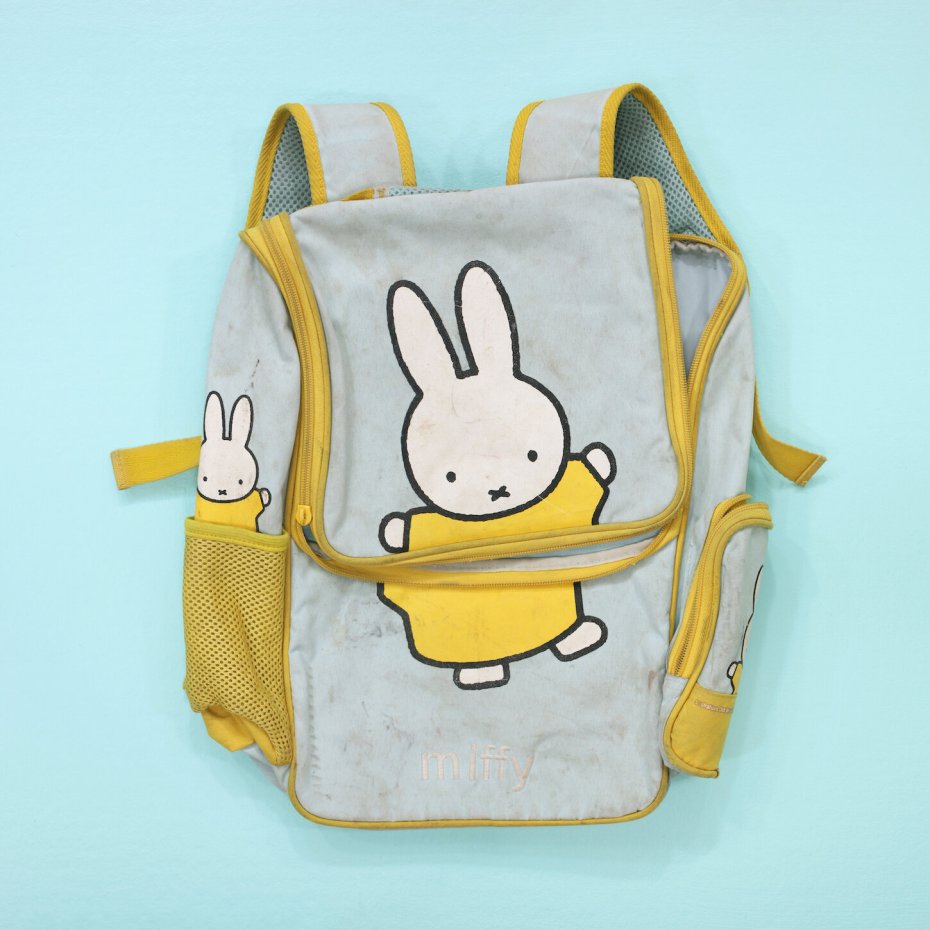
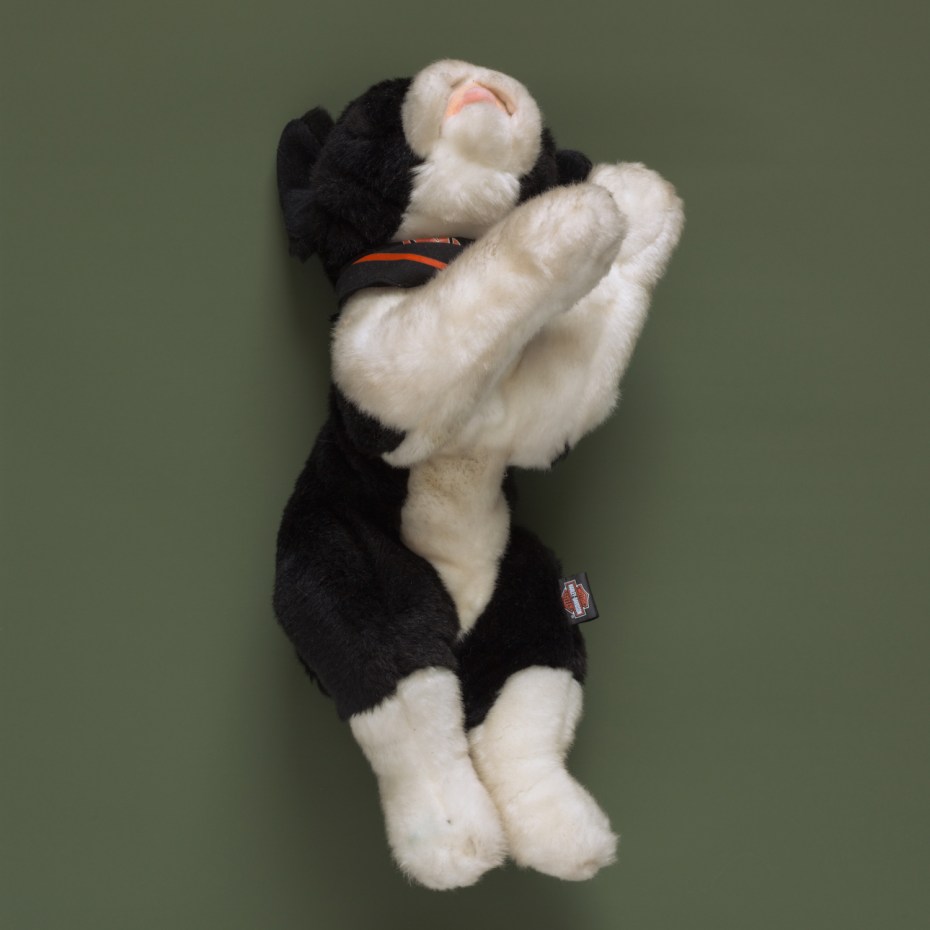
See Tom Kiefer’s full series on his website, here.
Discover more from Canadian Art Junkie
Subscribe to get the latest posts sent to your email.

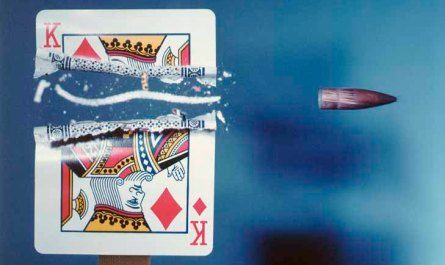
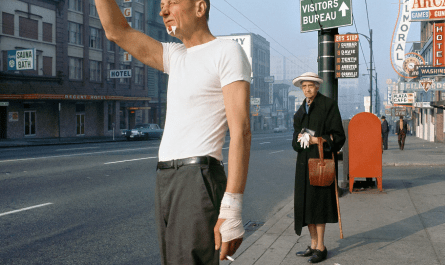
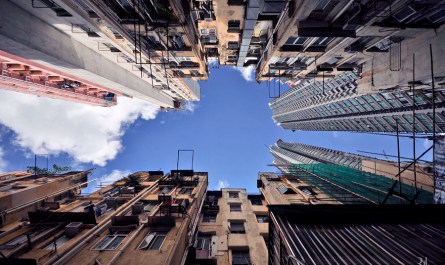

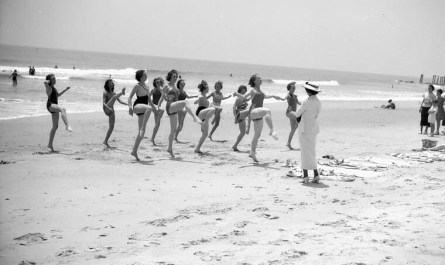
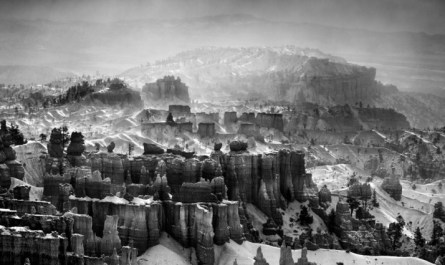
OMG
Yes, so powerful – as are most of the art works done on border tragedies.